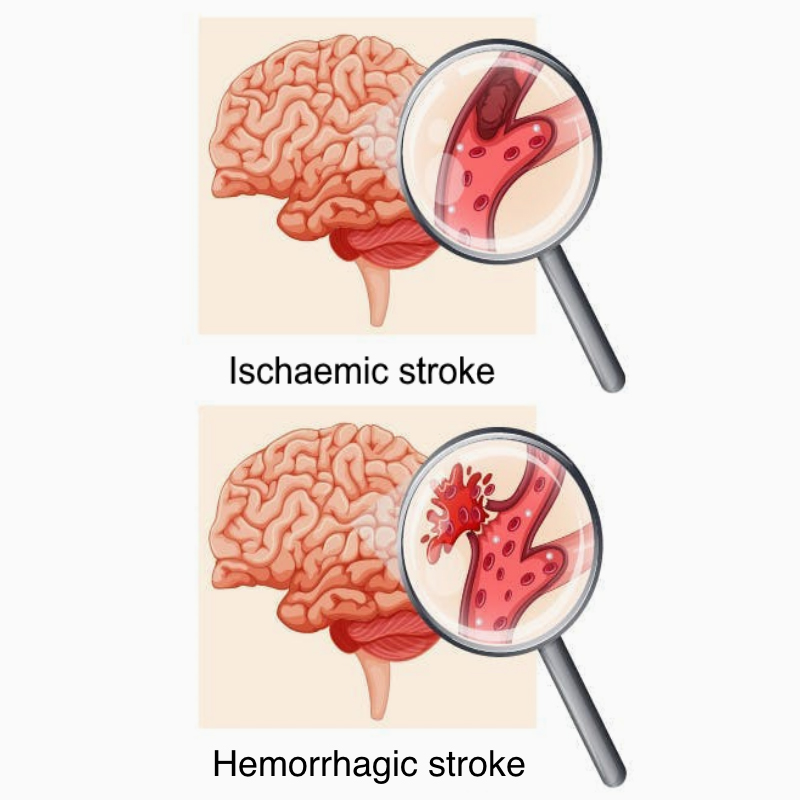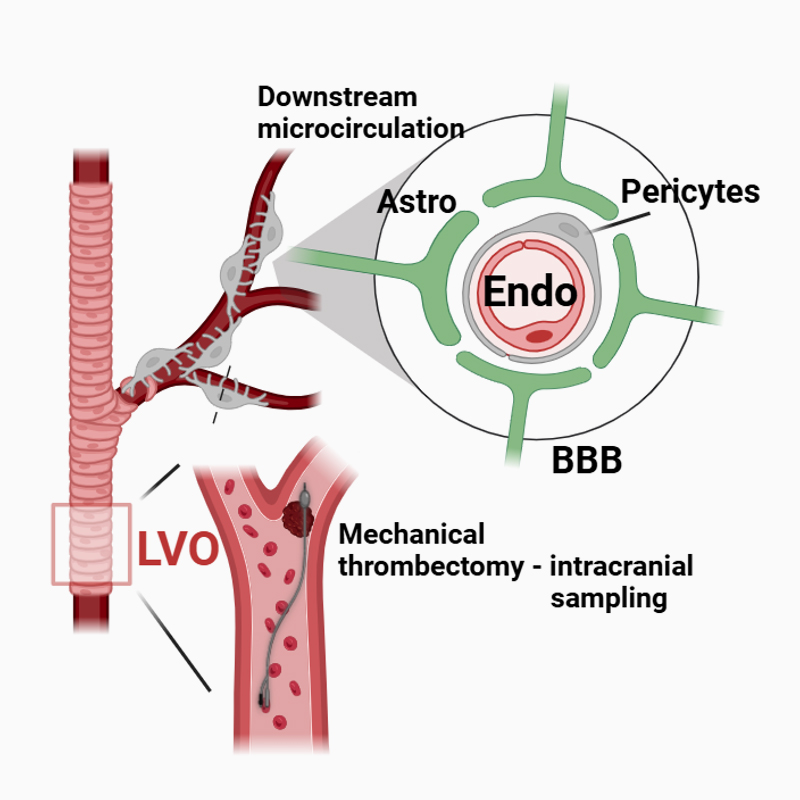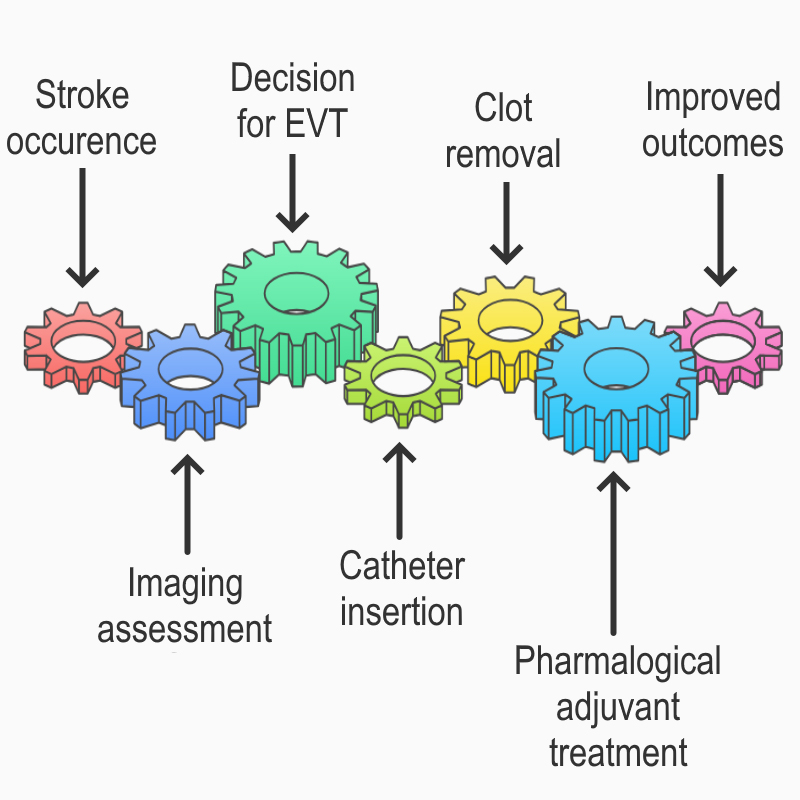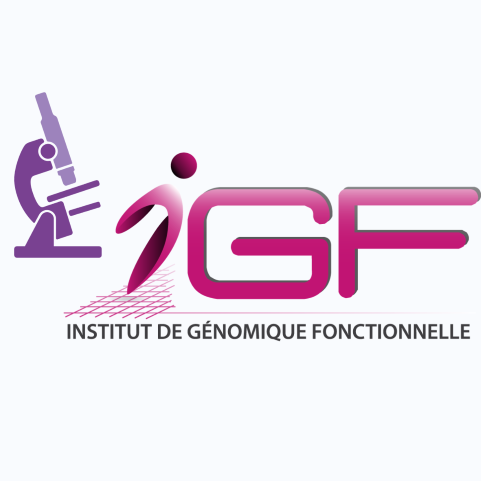Stroke
A stroke is a sudden loss of brain function. It occurs in people with risk factors such as age, high cholesterol, family history, high blood pressure, diabetes, or smoking. In developed countries, one person in 200 suffers a stroke every year. In France, there are more than 140,000 new cases every year, or one every four minutes.

/ Description and symptoms
There are ischaemic strokes, caused by the occlusion of a cerebral artery, and hemorrhagic strokes, caused by the rupture of a blood vessel. As a result, the neurons are no longer sufficiently supplied with blood oxygen and can no longer carry out their functions.
In 80% of cases, the interruption of blood flow is due to a clot blocking an artery to the brain; these are ischaemic strokes or cerebral infarctions.
The symptoms of a stroke (which can also occur during sleep) vary: their nature depends on the exact location of the lesion, each part of the brain being specialized in particular tasks (movement, sensitivity, vision, language, etc.). In the event of a sudden onset of symptoms such as muscular weakness with or without paralysis, numbness in the face or limbs, loss of vision, difficulty speaking, or problems with balance or coordination, you should call emergency. You must be treated as quickly as possible.

/ Treatments
Brain imaging confirms the diagnosis to differentiate between ischaemic and hemorrhagic stroke; then treatments are offered.
Thanks to advances in medicine, stroke is less often fatal. Still, it causes physical disability in adults due to an improved survival rate but difficult recovery of brain functions.
Mechanical thrombectomy is a minimally invasive surgical procedure used to remove a blood clot from a blocked artery in the brain. It is one of the most effective treatments for stroke, significantly reducing disability and improving outcomes when performed quickly. Thrombolysis, in which a molecule is injected into the bloodstream to dissolve the clot blocking the blood vessel, can only be performed within a few hours of the onset of symptoms.


/ Research
Our clinical studies in this area (Prof. V. Costalat – N. Marchi) aim to gain a better understanding of the local (intracranial) mechanisms (inflammation, angiogenesis, etc.) and biological markers involved in the interface between blood vessels and brain cells (also known as the blood-brain barrier) during stroke. The aim is to extend the time that is effective in intervening and improving the recovery of patients after intervention. By studying how blood reperfusion takes place and how inflammation at a local level impacts the survival of neurons, it will be possible to develop adjuvant treatments, such as tailored pharmacological agents delivered locally along with mechanical thrombectomy.

/ Stroke research at the IGF
At IGF, researchers are carrying out innovative research to understand the mechanisms involved in this complex pathology, identify biomarkers and risk factors and propose new therapeutic avenues.
Find out more about the project of:



